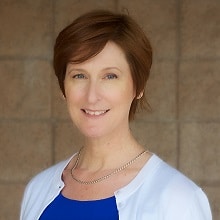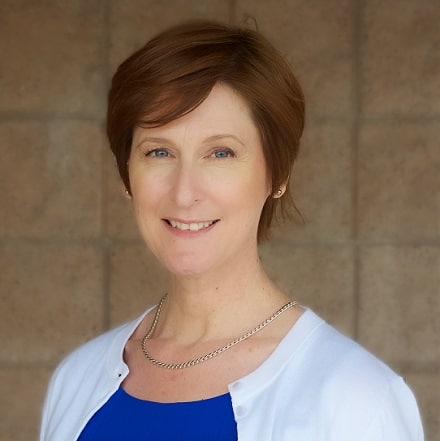Inside Angle
From 3M Health Information Systems
Client Experience Summit Spotlights 3M Science Applied to Life
The 3M Client Experience Summit this year is a combination science fair and storytelling festival for healthcare professionals. In all the best ways. There is an actual science fair of 3M HIS technology set up for clients to browse, accompanied by “Tech Talks” from 3M technologists and many, many customer stories in the sessions.
Division vice president JaeLynn Williams opened the event with what she called “Real people, real stories, real science.” In a series of five accounts, she described “the power of people and science to keep pace and to solve today’s challenges.” One story, shared earlier this year in a 3M blog, hit close to home.
Senthil Nachimuthu, MD, PhD, is an informaticist with 3M Health Information Systems. While vacationing in Chennai over the holidays, he witnessed a massive disaster as the region experienced unprecedented rainfall and flooding. Over 400 people died. Two million were displaced. Fortunately, Senthil had science at his side: a GPS, two phones, a car charger, and a couple of battery packs. He also had the benefit of collaboration. Texting and social media directed him away from flooded bridges and roads toward higher ground. Twitter reported where to get food, water, and medical attention.
“With crowdsourcing, Senthil was able to make it through that experience very safely,” JaeLynn said. “Now he is devoted to working on big data and data science connected to social media to alleviate suffering during disasters and public health emergencies. Data, crowd-sourcing, social media is carrying us forward and saving lives.”
The dramatic experience shares a common theme with other stories shared today and yet to be shared at the customer event: The challenges we face in health care can be surmounted through collaboration among stakeholders, guided by technology.
One of the keynote speakers, Teresa Rivera, president and CEO of Utah Health Information Network, a 3M client, described how technology supports collaboration among providers in the region. Their clinical health information exchange (CHIE) makes use of multiple technologies—a master patient index, translation software, indexing tools, and terminology standards—to amass a broad data asset representing about 80 percent of providers in the state.
As a result of this technology, a single hospital connection can route the facility’s information into the exchange, making it available to other providers. CHIE has a democratizing effect. “The smallest physician [practice] is able to exchange, able to coordinate care with the largest guys that are in our system,” said Teresa. “We do include all types of providers: clinics, hospitals, long-term care, home health, and hospice. We even have a pilot program with emergency medical staff. Because they, too, need to coordinate care.” The availability of patient information through the CHIE portal allows providers in Utah, Colorado, and Arizona to notify each other about such things as medications, allergies, inpatient admissions, discharge plans, and advance care plans.
Other 3M clients share stories that carry the theme:
- Wake Forest Baptist Medical Center uses real-time reports and alerts on quality indicators to support collaboration among clinical documentation specialists (CDS), coding staff, physicians and quality reviewers to improve the accuracy of patient safety reporting.
- Kettering Health Network uses a shared data repository for better collaboration—and quality outcomes—among HIM, clinical documentation and quality departments.
- At Children’s Health System of Texas, natural language processing for computer-assisted coding (CAC) and computer-assisted physician documentation (CAPD) helps them catalogue and classify information more efficiently. The health system also uses a 3M proprietary risk-adjustment methodology to stratify their pediatric population by diagnosis and severity level.
- Similarly, MercyRockford Health System uses HCC risk adjustment to analyze the Medicare population in their accountable care organization, providing information that helps providers and case managers better coordinate patient care.
- Sentara Healthcare enhanced their coding system with a coding audit function, extending the use of the system at their facility to better document and code HAC, PSI, and DVT quality indicators.
At 3M, the science behind what we do is interesting in itself, especially for technologists who are passionate about their work. However, CES illustrates that the people who use the science, applying it to health care’s challenges, are what make technology truly great.
By the way: Both JaeLynn Williams and Teresa Rivera were named among the most powerful women in health care by Health Data Management in April. Congratulations!
Kristine Daynes is marketing manager for payer and regulatory markets at 3M Health Information Systems.


